What are the Principles of Slow Decorating?
Lunette Marble Dining Table by Alex Mint
The Depth by Unit 89
Liminal Sofa Bronze by Atelier Ashiesh Shah
For instance, rooted in the essence of slow decor, where substantial pieces define interior spaces, the Liminal sofa by Ashiesh Shah emerges as a captivating blend of comfort and cultural symbolism. Its curved structure, adorned with spherical pillows and arched supports reminiscent of the sacred 'lingam,' pays homage to Hindu traditions.
2. Go for an Eclectic Decor
Encouraging an eclectic interior design approach, slow decorating promotes the blending of existing pieces with new ones over time, fostering sustainability and cultivating a timeless aesthetic. This mix of styles, like pairing a mid-century sofa with contemporary artwork can create a unique decor.
3. Invest in Premium Materials
It advocates for sustainability by emphasising quality over quantity, selecting furniture, lighting, accessories, and soft furnishings for their superior craftsmanship. This approach encourages purchasing high-quality products instead of quickly discarded, mass-produced items for home styling.
4. Functional Design
Paying attention to practicality and functionality, slow decor ensures that the interiors not only looks aesthetically pleasing but also serves a purpose, emphasising convenience and ease of use. Natural materials such as wood for furniture, wool or silk rugs, and upholstery materials like leather, cotton, and linen are preferred for their breathability and durability.
5. Opt for Assembled Furniture
Unlike new-age, factory-made modular furniture, which is assembled on-site, quality furniture is always fully built, making it perfect for everyday wear and tear and ensuring longevity for generations to come.
6. Create a Cosy Ambience
Incorporating hygge principles into slow decor adds layers of warmth and comfort, drawing inspiration from Danish concepts of relaxation. Achieved through cosy textures, soft lighting, and plush fabrics, this design style is also crafted to prioritise comfort and relaxation.
Aram Coral Rug by Hands
The Aram rug by Hands not only adds visual interest with its distinctive shape and layered pattern reminiscent of sandstone formations but also enhances comfort and cosiness, aligning perfectly with the principles of hygge in slow decor design. Crafted using traditional techniques, this rug reflects the natural erosion of sedimentary rocks, inviting warmth and relaxation into your living space.
7. Truly Understand your Space
Another aspect of slow decorating is that it urges you to live in your space, understanding its purpose and selecting furnishings deliberately. This approach not only slows down the decorating process but also ensures that every piece fits seamlessly into your home, becoming cherished treasures.
8. Celebrates Imperfections
Slow décor allows you to embrace the beauty of wabi-sabi, a Japanese philosophy that celebrates imperfection in handmade objects and vintage finds. This approach ensures each piece holds sentimental value, tells a unique story, and creates a warm, lived-in look.
Broken Things 2E by Livia Marin
Rooted in the ethos of wabi sabi, Broken Things reveres imperfection through the ancient Japanese art of kintsugi. Livia Marin's mixed-media creations, juxtaposing discarded ceramics with intricate gold thread stitching, eloquently capture the beauty of impermanence and repair, prompting reflection on waste and consumerism while advocating for the embrace of life's gradual pace.
9. Support Local Makers and Craftsmen
Invest in statement pieces by local makers and craftsmen or souvenirs from your travels that tell a story, ensuring lasting memories and joy. Opt for easy-to-maintain furniture and accessories to ensure longevity and effortless upkeep.
Ionian Iris Mirror by Tom Palmer Studio
Choosing pieces like the Ionian Iris Mirror by Tom Palmer supports dedicated craftsmen and local artists, bringing timeless beauty to your home. Featuring layers of translucent resin, each unique mirror creates multi-layered reflections with a convex lens over a hand-silvered mirror disc, all within a custom steel frame. Inspired by the vivid blue of the Greek Ionian Sea, the mirror amplifies light, creating captivating reflections that shift as the viewer moves.
10. Celebrates Nature
Additionally, in line with the principles of slow interior design, incorporating natural materials like wood, cotton, and natural stone fosters a sense of harmony with the environment. By complementing these elements with ample greenery through potted plants and maximising natural light, a comfortable and tranquil ambience is curated, encouraging a mindful and unhurried approach to living spaces.
How is Slow Decorating a sustainable interior design trend?
In today's fast-paced world, where trends come and go quickly, slow decorating emerges as a sustainable interior design trend. It encourages the discovery of antiques, investing in premium quality items, and prioritising products made from sustainable materials. This approach focuses on high-quality, sustainable products and environmentally friendly processes, supporting eco-conscious practices by reducing waste.
Why is sustainability important in interior design?
Sustainable decor enables the development of eco-friendly spaces through energy-saving techniques and the use of recycled materials, effectively mitigating environmental impact, waste, and resource consumption. Also, referred to as green interior design, this approach incorporates elements like reclaimed wood furniture, bamboo, cotton, prioritising efficiency and minimal upkeep. Therefore, better sustainable practices foster a healthier indoor environment and reduce ecological footprints, reflecting a commitment to social responsibility and a better world for future generations.
What are sustainable design strategies?
Some of the sustainable interior design practices include using energy-efficient lighting and appliances, maximising natural light, incorporating recycled or upcycled products, and employing green building techniques. The use of sustainable materials like reclaimed wood and organic cotton, opting for non-toxic, low-VOC materials to minimise emissions, utilising renewable energy sources like solar panels, and implementing recycling and composting systems to reduce the carbon footprint.
Slow interior design style revolves around mindfulness, creativity, and connection, nurturing a home environment that enhances the overall well-being of its occupants. So take the time to curate your house, relishing the journey of crafting a sustainable decor that truly embodies your values.
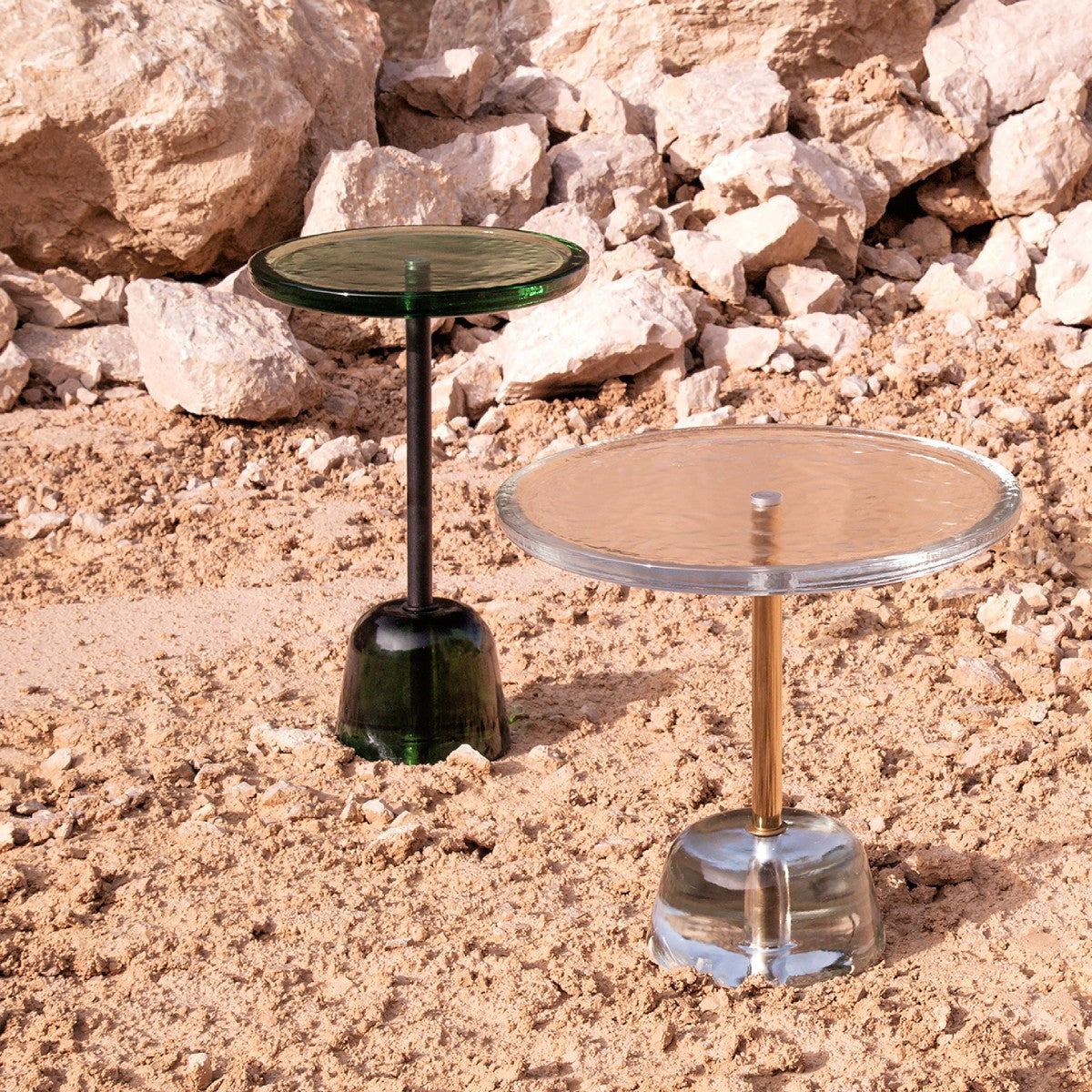
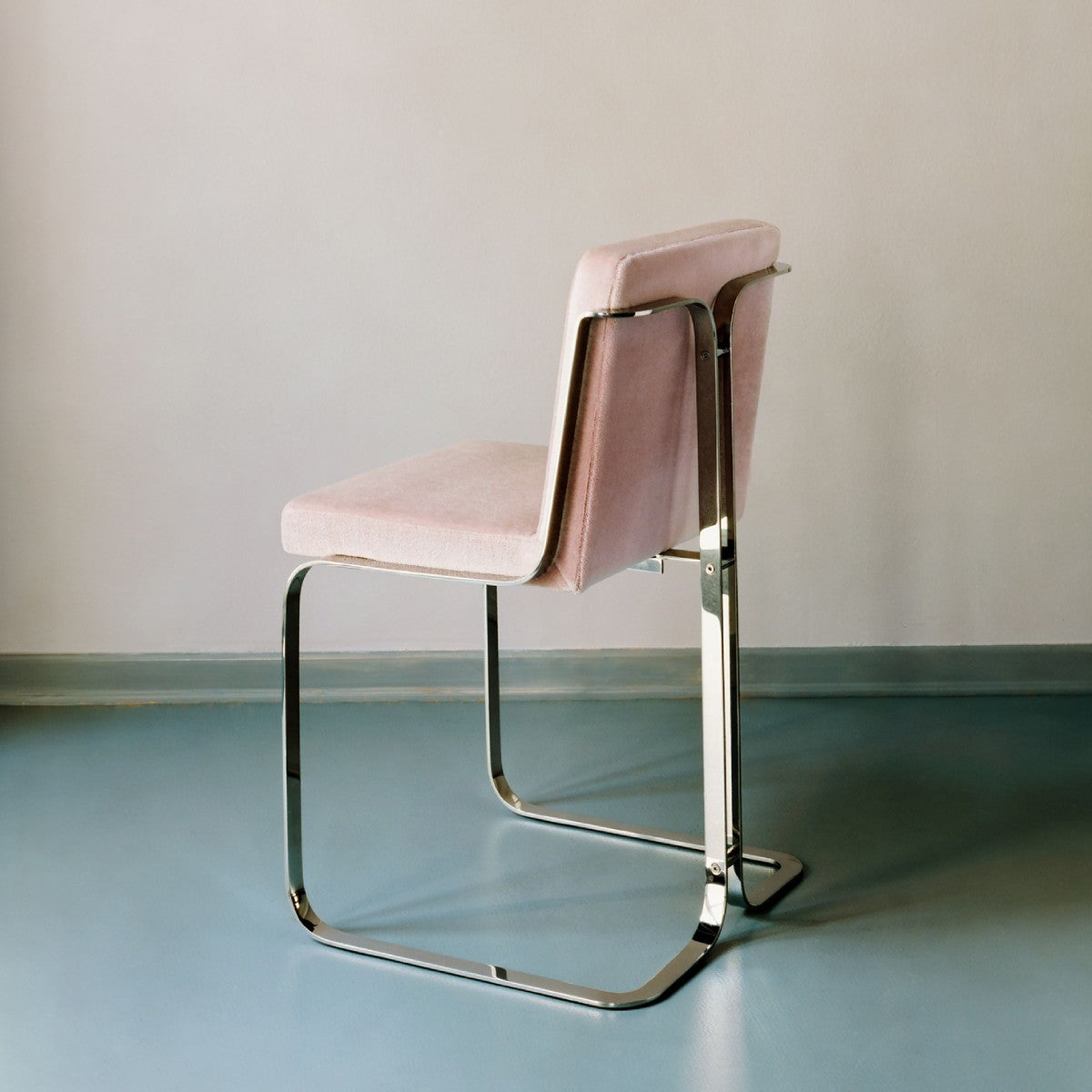

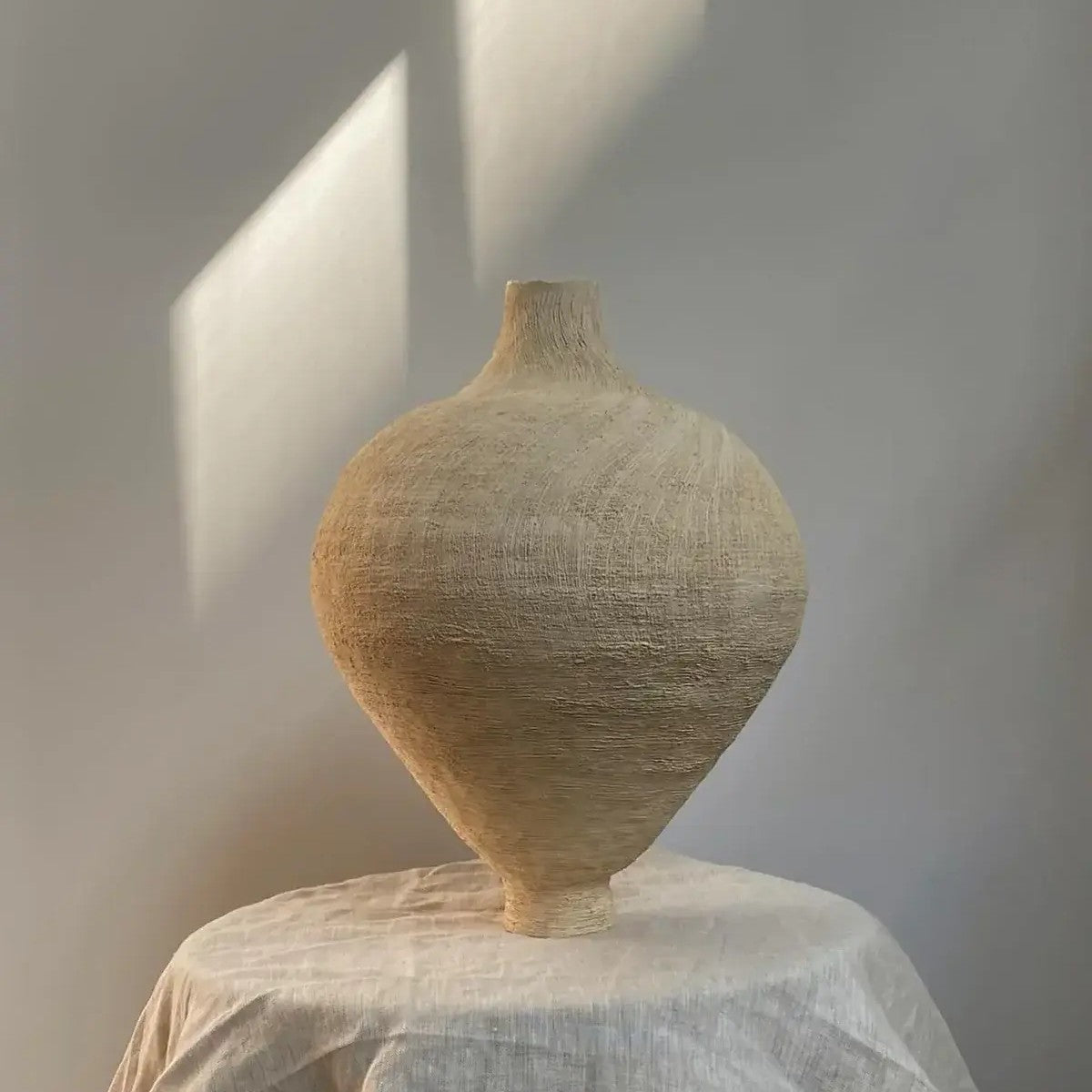
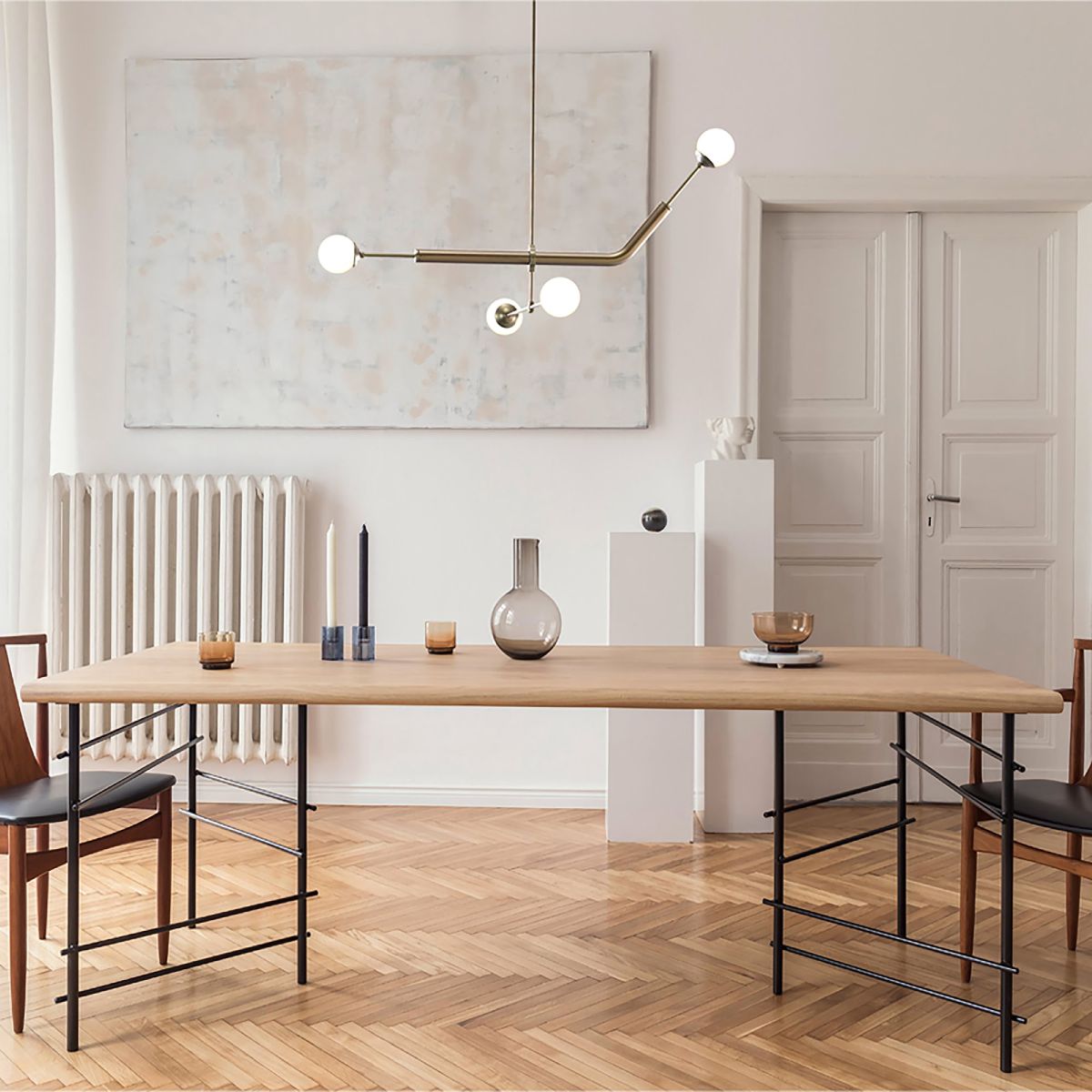










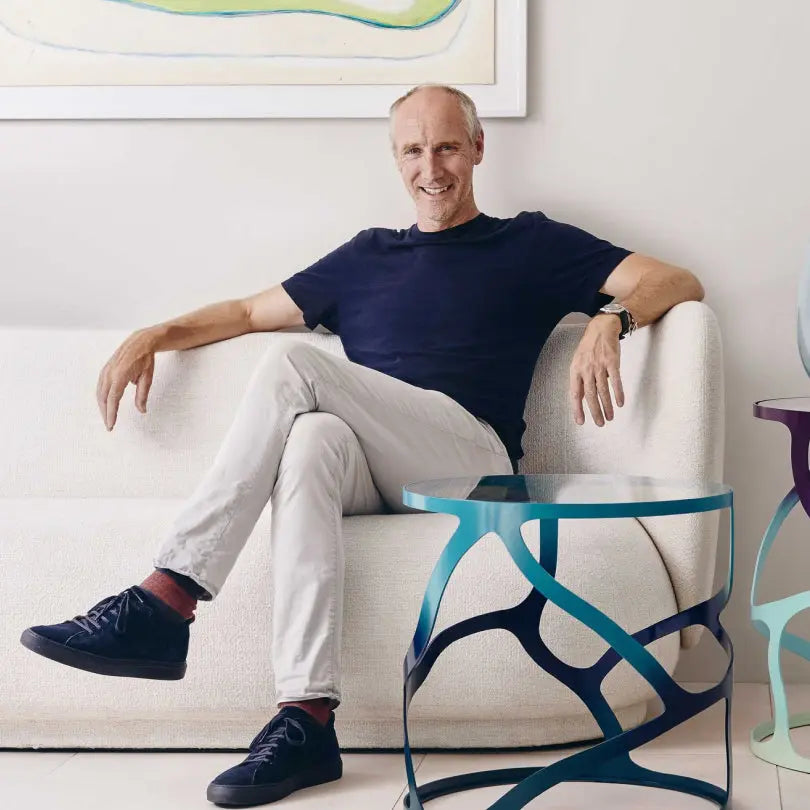
Leave a comment
This site is protected by hCaptcha and the hCaptcha Privacy Policy and Terms of Service apply.